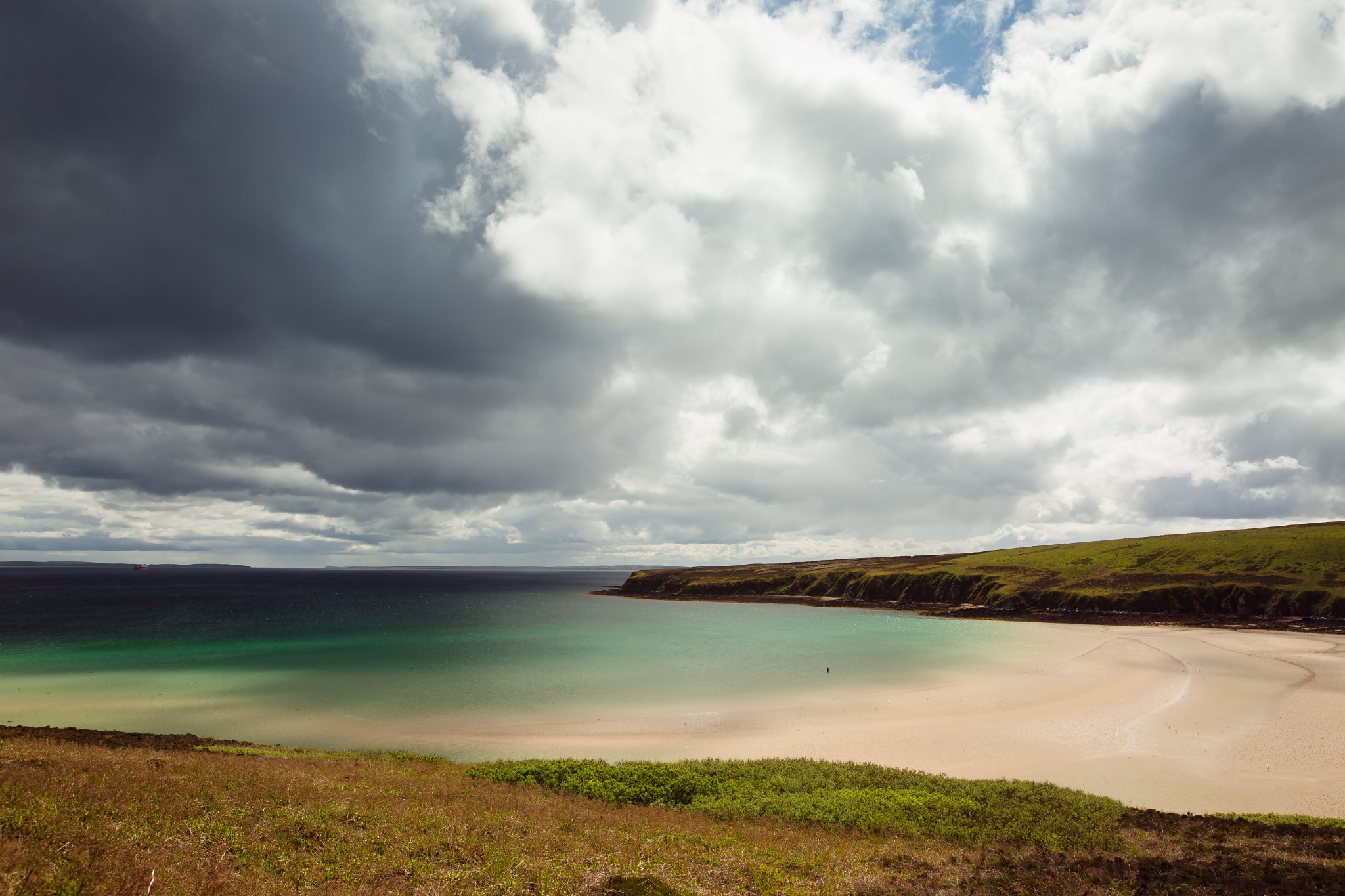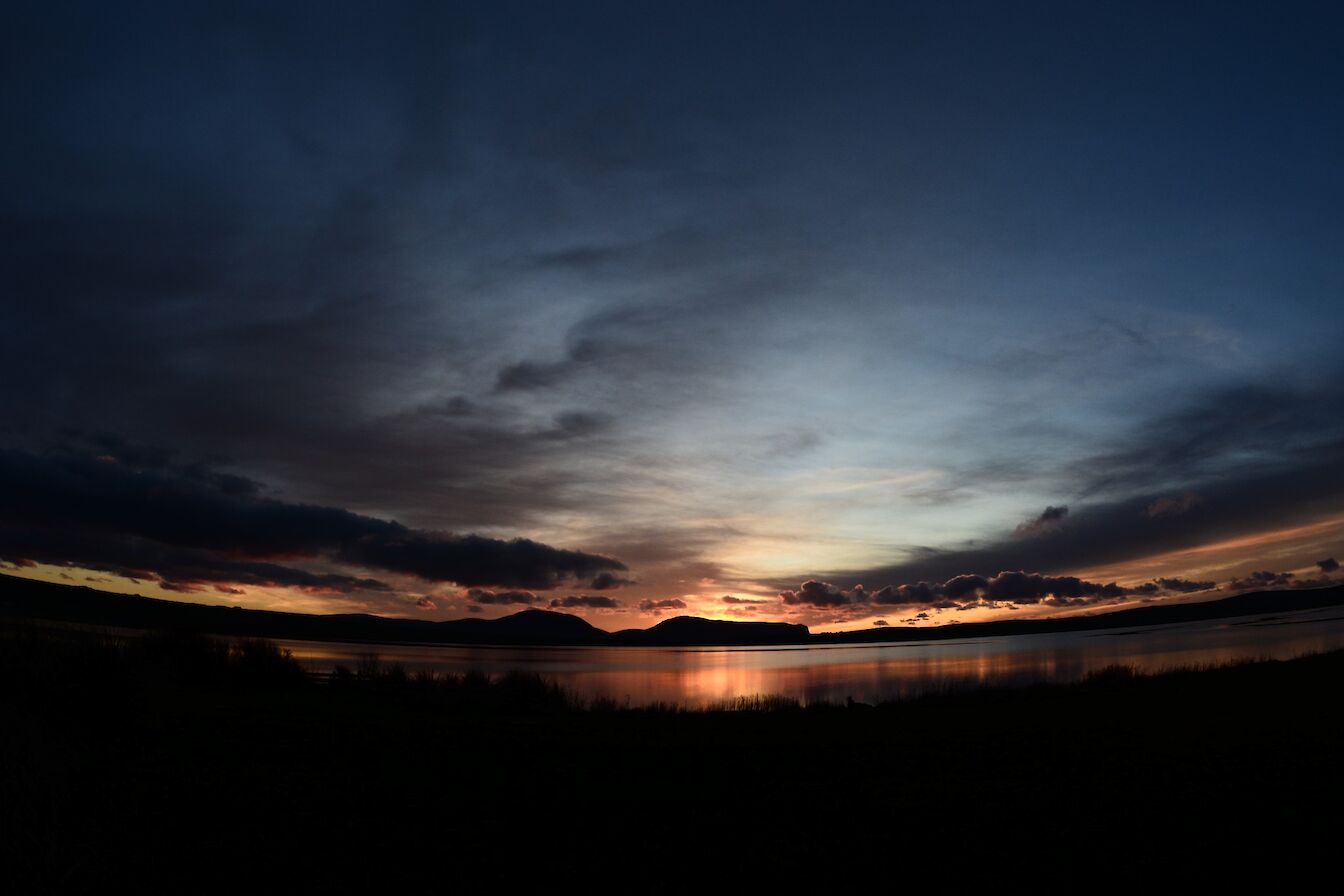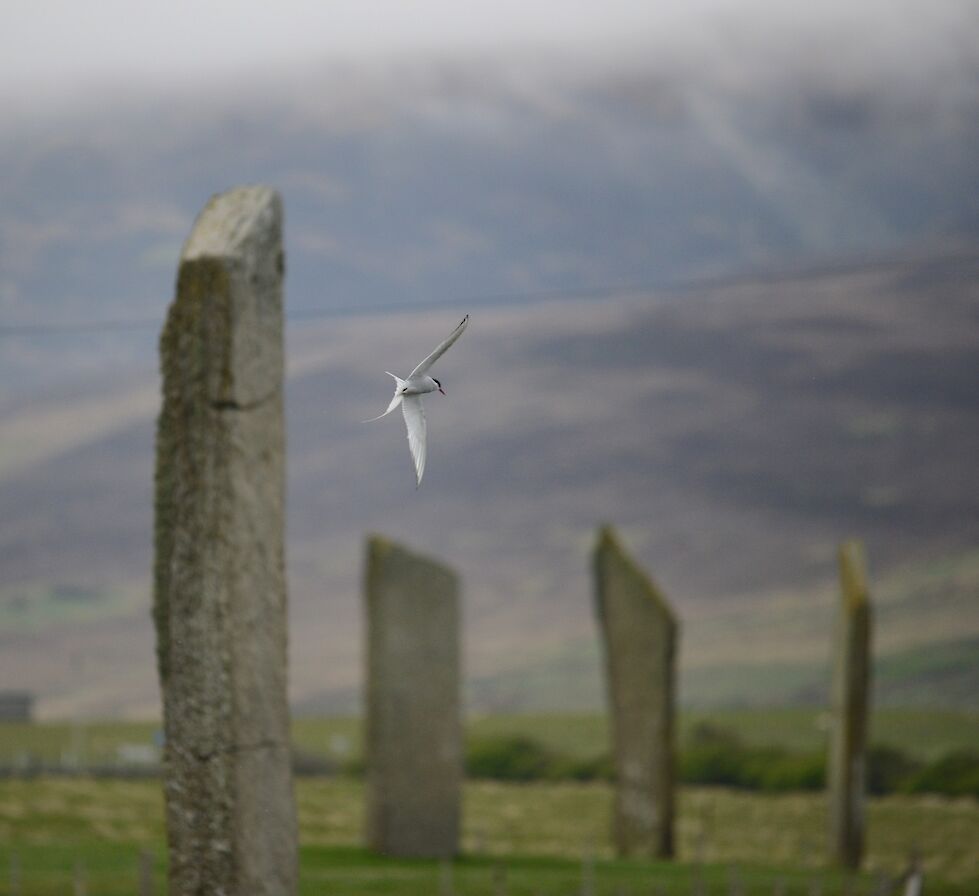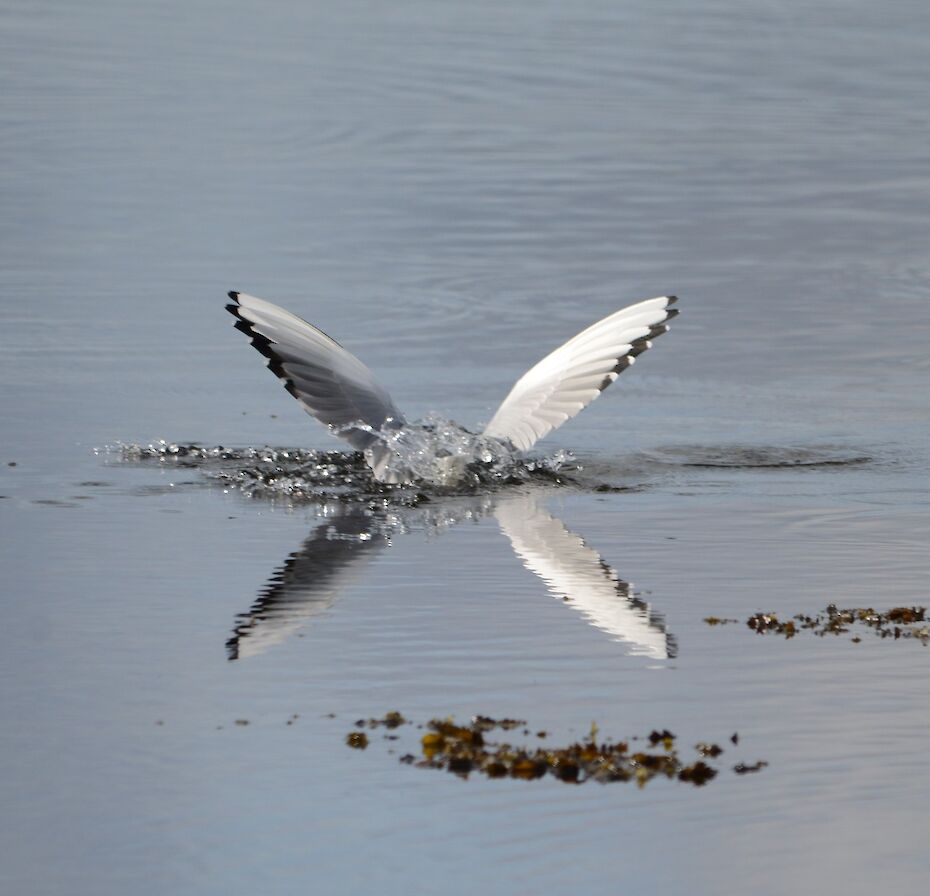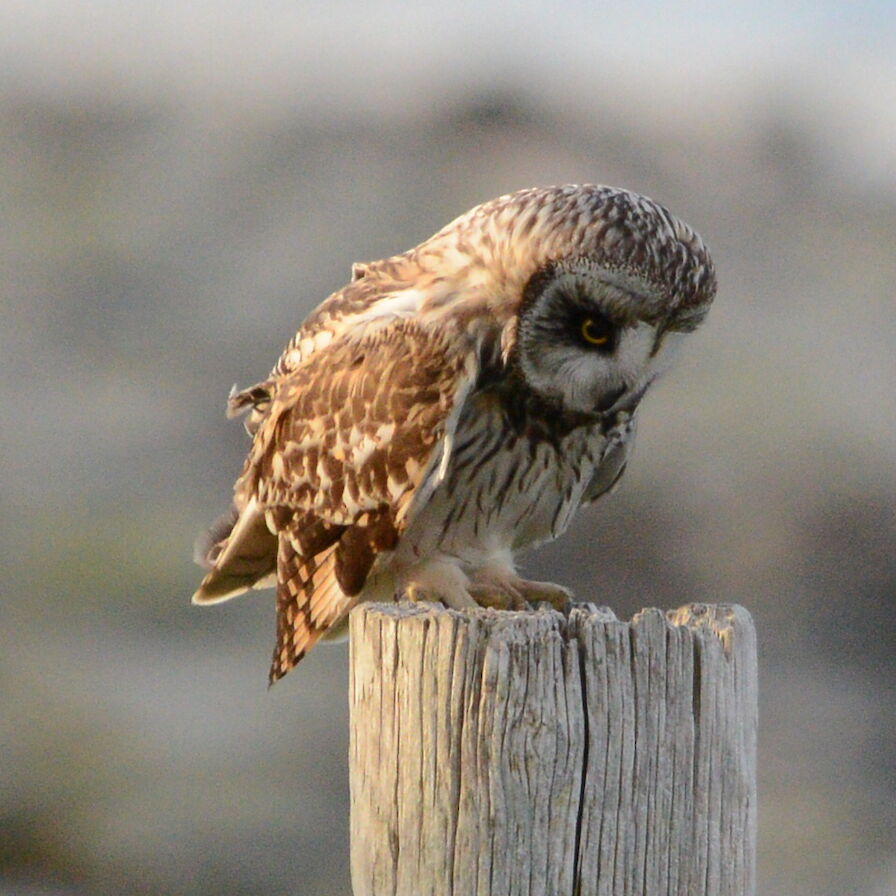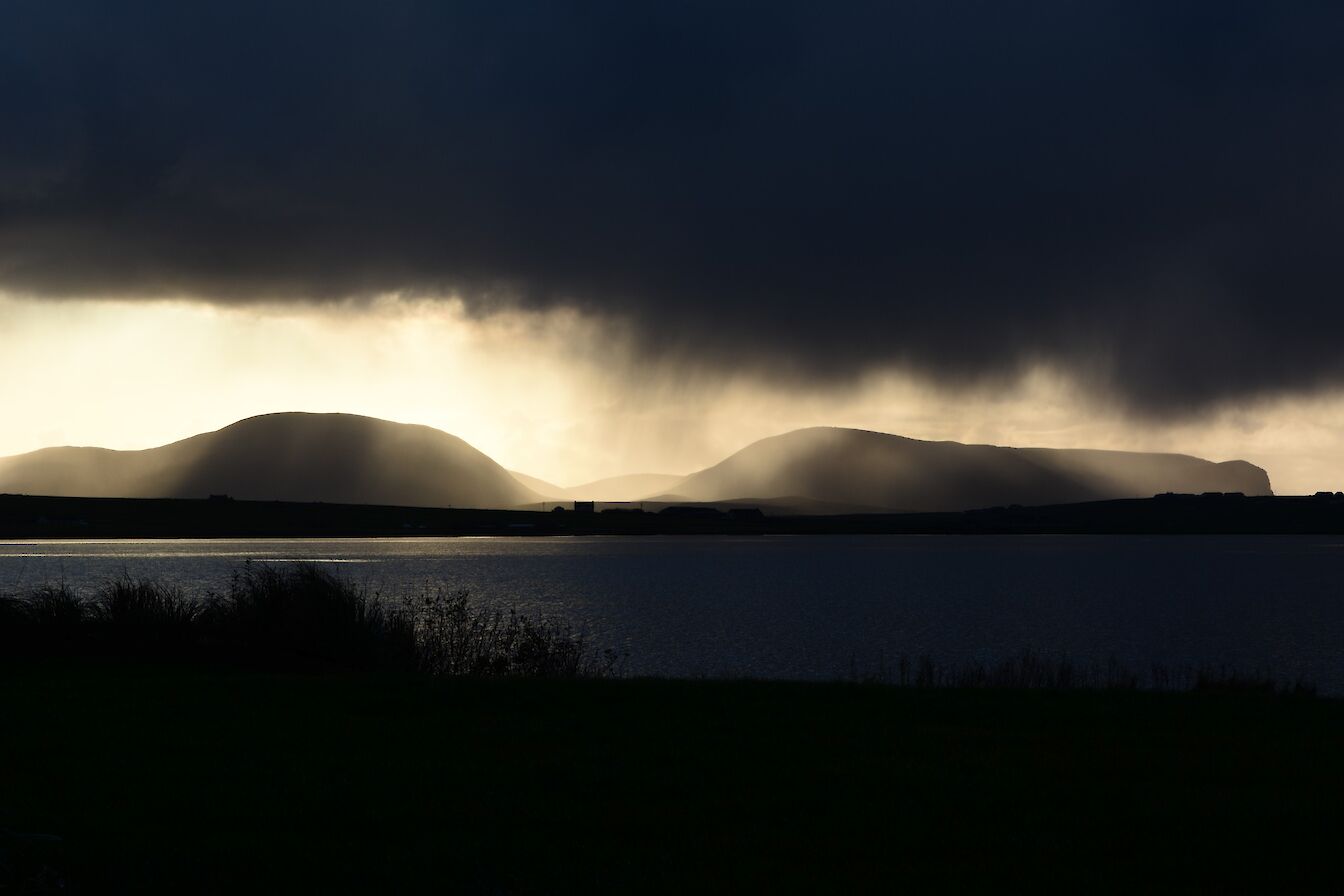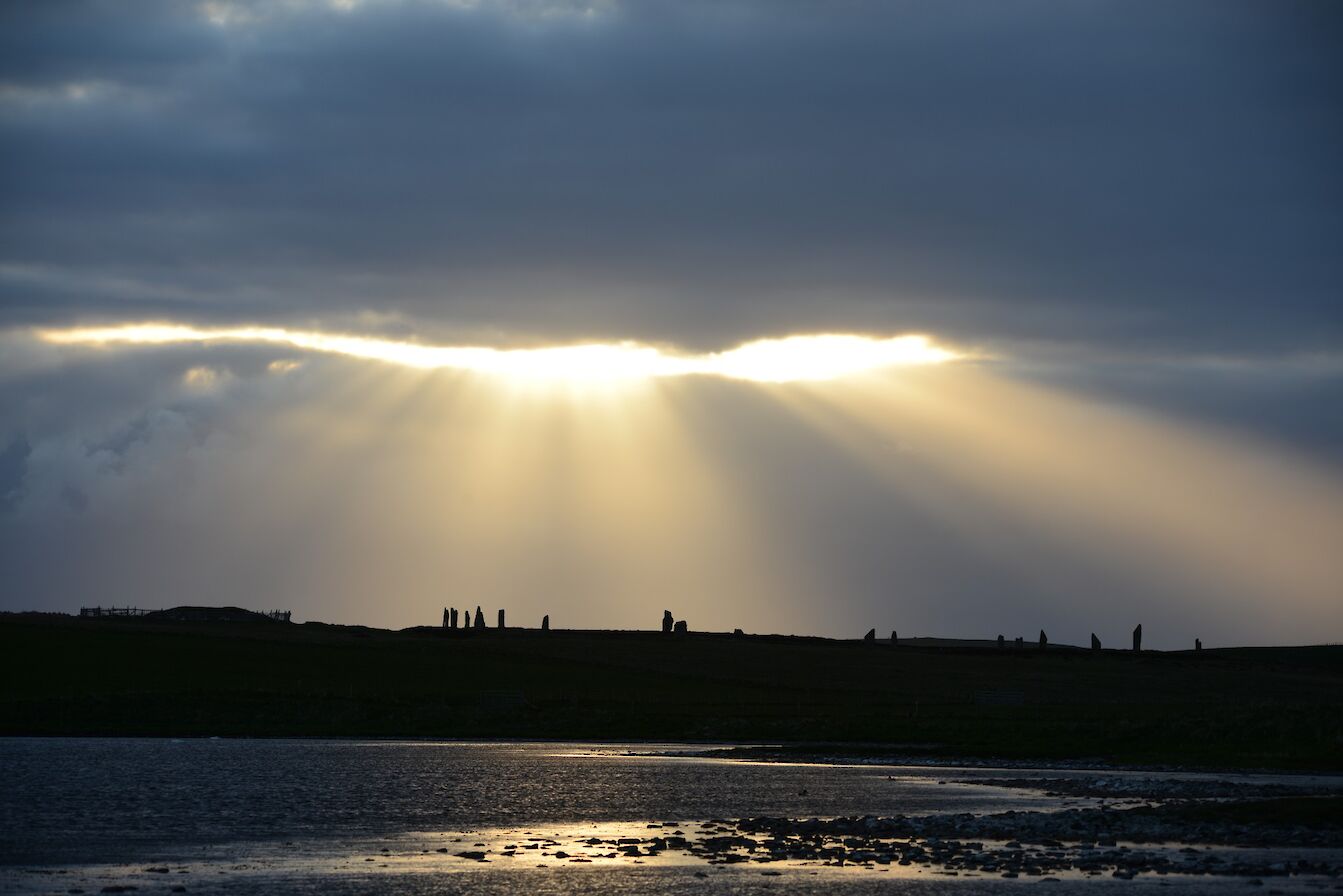Hello and welcome to the July newsletter from Orkney.com.
We know many of you have missed Orkney during the COVID-19 pandemic. We’ve missed you too.
Our community is just starting to emerge from the lockdown period and preparing to welcome visitors again, once travel restrictions are eased.
We’re waiting to hear more about the availability and accessibility of ferries and flights to the islands, so if you’re planning a visit to Orkney in the coming weeks and months, do remember to check Orkney.com and your transport provider’s website for the latest information.
We’d also ask you to follow our health and safety advice while in Orkney. And it goes without saying that you shouldn’t travel here if you have any symptoms of COVID-19.
Help us help you to enjoy the best of Orkney once again.
Latest news
Celtic collaboration for local producer
 Take 3,000 litres of craft beer, destined to be dumped thanks to pandemic-related pub closures, add in a resourceful Welsh distillery and top it all off with an award-winning Orkney vinegar. The result? A business start-up recipe that could only really have emerged from the unique circumstances of a national lockdown. Orkney Craft Vinegar has launched an exciting partnership with Wales-based In the Welsh Wind, helping to create a brand-new malt vinegar.
Take 3,000 litres of craft beer, destined to be dumped thanks to pandemic-related pub closures, add in a resourceful Welsh distillery and top it all off with an award-winning Orkney vinegar. The result? A business start-up recipe that could only really have emerged from the unique circumstances of a national lockdown. Orkney Craft Vinegar has launched an exciting partnership with Wales-based In the Welsh Wind, helping to create a brand-new malt vinegar.
Introducing Orkney’s makers
 Some of our Creative Orkney Trail members might be currently closed due to lockdown measures, but you can still meet all our makers – digitally, of course! We’ve been focusing on our creative community over recent months, highlighting their work and inspirations. The latest feature takes a look at local glass artist, Carrie Paxton, and her beautiful pieces influenced by Orkney’s history, heritage and natural environment.
Some of our Creative Orkney Trail members might be currently closed due to lockdown measures, but you can still meet all our makers – digitally, of course! We’ve been focusing on our creative community over recent months, highlighting their work and inspirations. The latest feature takes a look at local glass artist, Carrie Paxton, and her beautiful pieces influenced by Orkney’s history, heritage and natural environment.
The story of John Rae
 Orkney is full of famous historical sites and attractions, but there are other monuments found all across the islands that are slightly less well known. Local travel blogger Susanne Arbuckle has been looking into some of these stories during the lockdown, with her most recent blog focusing on Orkney’s Arctic explorer, John Rae. As the man who discovered the final link in the fabled north-west passage, it’s certainly a story worth telling.
Orkney is full of famous historical sites and attractions, but there are other monuments found all across the islands that are slightly less well known. Local travel blogger Susanne Arbuckle has been looking into some of these stories during the lockdown, with her most recent blog focusing on Orkney’s Arctic explorer, John Rae. As the man who discovered the final link in the fabled north-west passage, it’s certainly a story worth telling.
Shop Orkney online
 Orkney has some of the finest food, drink and crafts producers anywhere in the world, and now more than ever they need your support. Why not browse our dedicated ‘Shop Orkney online’ pages to find the perfect goodie or gift for you – including, gin, beer, whisky, local knitwear, jewellery and furniture. We’ve brought together local businesses that all sell their products online, so take a look at our food and crafts pages and snap up something special!
Orkney has some of the finest food, drink and crafts producers anywhere in the world, and now more than ever they need your support. Why not browse our dedicated ‘Shop Orkney online’ pages to find the perfect goodie or gift for you – including, gin, beer, whisky, local knitwear, jewellery and furniture. We’ve brought together local businesses that all sell their products online, so take a look at our food and crafts pages and snap up something special!
Join us on Instagram
 We’re still posting images from the islands on Instagram, so if you want to see more from Orkney make sure you follow us. We publish shots every week and you can join in too. Tag your own images and use #VisitOrkney and #LoveOrkney to keep in touch.
We’re still posting images from the islands on Instagram, so if you want to see more from Orkney make sure you follow us. We publish shots every week and you can join in too. Tag your own images and use #VisitOrkney and #LoveOrkney to keep in touch.
Wild Orkney
With lockdown restrictions beginning to ease recently, local wildlife cameraman Raymond Besant has been able to start getting out and about to his old haunts once again.
By July, Orkney is green - really green! Vegetation is thick and lush and there’s no better place to see the vibrant and diverse range of summer flowers and plants than our loch sides.
Kirbister Loch in Orphir is easily accessible and has the added bonus of having heather moorland on its shores as well as farmland. This is a great place to see stonechat and sedge warbler flitting in and out of the thick cover. In fact, there are many species, both of flora and fauna, common to many similar freshwater sites in Orkney. One of my favourites - and again very easily accessible - is Stoneyhill at the Harray Loch, a site now simply known as ‘Lochside’. If driving to Stromness, take a right before Maeshowe and follow the conveniently named sign to the small car-park. Here you already have a great vista overlooking the eastern shores of our largest freshwater loch.

Once out of the car and before going too much further, it’s worth just taking a moment. Early morning can be spectacular, with mist coming off the water as the sun rises behind you. You’re likely to hear curlew and oystercatcher immediately, both taking advantage of the feeding opportunities on offer from the recently cut silage.
Meadow pipits nest in the small area of heather moorland that runs down to the loch and a quick scan of the water should yield tufted duck, shoveler, mute swan and red-throated diver. The call of the red-throated divers, some of which nest in the surrounds of the loch, is one of the most evocative in Orkney. Once you’ve heard it, you’ll never forget it! You can learn it by visiting the RSPB website and looking for the bird in their A-Z guide. Once you know what to listen for you then need to know what to look for - my main tip would be look up, not around! Red-throated divers are very vocal whilst flying, usually as they are coming into land.
If you’re very lucky you might just see the main mammal to be found here, the otter. Take the path to the left and carry on across the wooden walkway. Even right at the start of this walk there is plenty to catch your attention. One of the most conspicuous plants now in flower and found in almost every damp patch of suitable ground is the Yellow or Flag Iris, also known in Orkney as ‘Segs’.

The curled-over flowers are unmistakable and by now they stand a metre high. They seem to attract a remarkable array of insects, especially on muggy or ‘close’ days - perfect prey for an understated and often overlooked bird, the reed bunting. I’m often asked ‘what was this bird?’ and once described it’s amazing how often it’s a reed bunting. The male in particular is a stunning little bird, with a beautifully-streaked hazel back and wings complimenting a bold black head and white ‘moustache’.
He might be nice to look at but it’s also possible he’s very busy. Reed buntings have been known to be polygamous - i.e. breeding with and provisioning more than one nest. This might mean twice his genes in the population but it also means twice the mouths to feed, and he plays a big part in feeding the nest.
Particularly good sites to see reed buntings up close include Inganess, the Crantit Trail between Kirkwall and Scapa, Kirbister Loch and really anywhere with suitable habitat near water.

Back to Lochside, and as well as yellow iris, great swathes of meadowsweet should be starting to appear. You can still catch ragged robin, water forget-me-not, marsh and water horsetail, bogbean and the wonderful smell of water mint throughout July.
Closer to the water’s edge and preferring to be partly submerged is marsh cinquefoil. In other parts of the UK it is known as the ‘bog-strawberry’, and when it opens its flower it’s not hard to see why. It has a stunning palette of maroon colours in its main petals and sepals. Heading further west to the main body of the loch and again through some heather moor, you can easily spot the large upright flowers of the Northern marsh orchid, which is a vibrant purple or magenta colour. I can’t claim to have any kind of expertise when it comes to orchids as different species readily hybridise with each other, and so display characteristics of one another leaving identification complicated. I’m happy to appreciate them in a very superficial level as something to admire and commend anyone who takes on orchids at identification level!
The small heather-covered mound here is riddled with Orkney vole ‘holes’ or ‘runs’. The small rice-shaped droppings at the entrances are a tell-tale sign voles are underfoot. So, it’s no surprise that these shorelines are good places to see both hunting hen harriers and short-eared owls.
Once on the shore itself, noisy terns, both common and Arctic, should be seen just over the loch. Snipe are likely to be disturbed underfoot, common sandpiper will flit away ahead of you and redshank are likely to be scolding you from fence posts, trying not to give away the presence of their newly-fledged chicks.
A colourful treat at this time of year is the presence of the common blue butterfly. I’m seeing lots of them right now and you shouldn’t need to search too hard if you’re in a suitable habitat. Coastal meadows such as those at Cantick Head in South Walls are particularly good, and another place I’ve had real success with these is Burwick at the very southern tip of South Ronaldsay where they can be found feeding on the extensive coverings of thrift.

Surprisingly small, they can be hard to follow once alighted, especially if the wind suddenly takes them. So, look in sheltered areas that have a little warmth - sand dunes such as the ones at the fourth barrier can be particularly good. The males and females are easy to tell apart too. The male is very much pure cobalt blue above the wing with sometimes quite vibrant electric blue veins, whilst the female is a mix of cobalt blue and sometimes quite dark brown. You will certainly notice the difference when seen side by side.
If you’re looking at Burwick then there is a small colony of shags on the low cliffs, some with well-grown chicks, just further north that’s well worth a look - and of course don’t forget to look out to sea, as this is prime orca-spotting territory!
Find out more about Raymond’s work via his official website. You can also find him on Facebook, Twitter and Instagram.
His new book, 'Naturally Orkney Volume 2' is out now, focusing on Orkney's coastline and all the sights and species that can be found there. You can order your copy online.
Focus on photography
Our featured Orkney photographer of the month would normally be fully occupied at the Ness of Brodgar dig this month. But the lockdown has meant archaeologist Nick Card has been focusing on writing, grant applications and analysis rather than excavations. Working from home has also given him time to focus on his camera too.
I have always enjoyed watching wildlife and taking the odd snap, but the real catalyst for recording nature by photography was an otter who I started to see on a regular basis at the start of this year. I nicknamed him Pinkie due to the scar/marking on his nose. Lockdown however has galvanised my interest and I like to share the scenery and wildlife that have been missed by others due to travel restrictions, hopefully allowing a few moments of respite from this surreal world. The power of nature to help heal and calm is immense!
I have always been in love with Orkney since visiting as a student over 40 years ago – but it wasn’t just the archaeology, it was the light, the landscape, the wildlife and even the weather. I loved it so much that I moved here over 30 years ago. I’m so very lucky where I live to be able to have instant access to scenery and wildlife. I now sit with a camera on my desk at home looking out across to Hoy over the Loch of Stenness, waiting for the next bird to appear or even an otter in our pond.
It’s maybe too much of a distraction from the volume on the Ness excavations I am presently writing, or as I like to think, an inspiration! Many of my photos combine wildlife and archaeology – the two just seem to naturally go together as they are everywhere.
Photography has always been an indispensable tool for archaeologists but it was only a few years ago I started to buy my own equipment – initially a Nikon D5200 with a 300mm zoom, but I rediscovered an old D800 I was given that takes higher resolution photos and now is coupled with a 150-500 mm lens, having smashed my old one during the first few weeks of lockdown.
With the ever-changing light, sky and weather, and abundant wildlife, Orkney is just a photographer’s paradise.
You can see more of Nick’s photography on the Ness of Brodgar Instagram page. Find out more about the incredible Ness of Brodgar dig via the official website.
And finally...
Thank you for taking the time to read our latest newsletter. We hope it has brought a small slice of island life to your inbox.
We’re always keen to hear from you too - share your news, views and comments on the newsletter, Orkney.com and your Orkney experiences with us on Facebook, Twitter, Instagram or E-mail.
Remember, if you’re planning to visit Orkney soon, please check our website for the latest travel, visitor and health information.
In the meantime, it's cheerio from Orkney for now.
The Promoting Orkney project has been part financed by the Scottish Government and the European Community Orkney LEADER 2014-2020 Programme.
